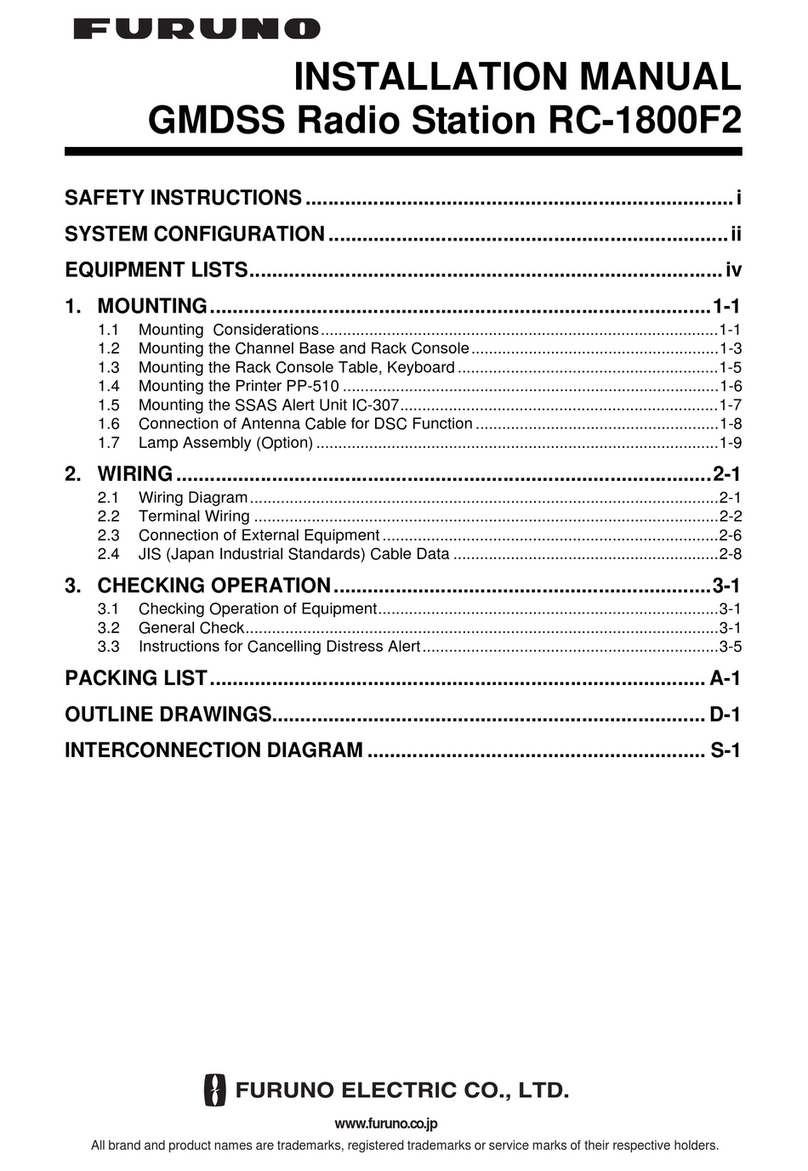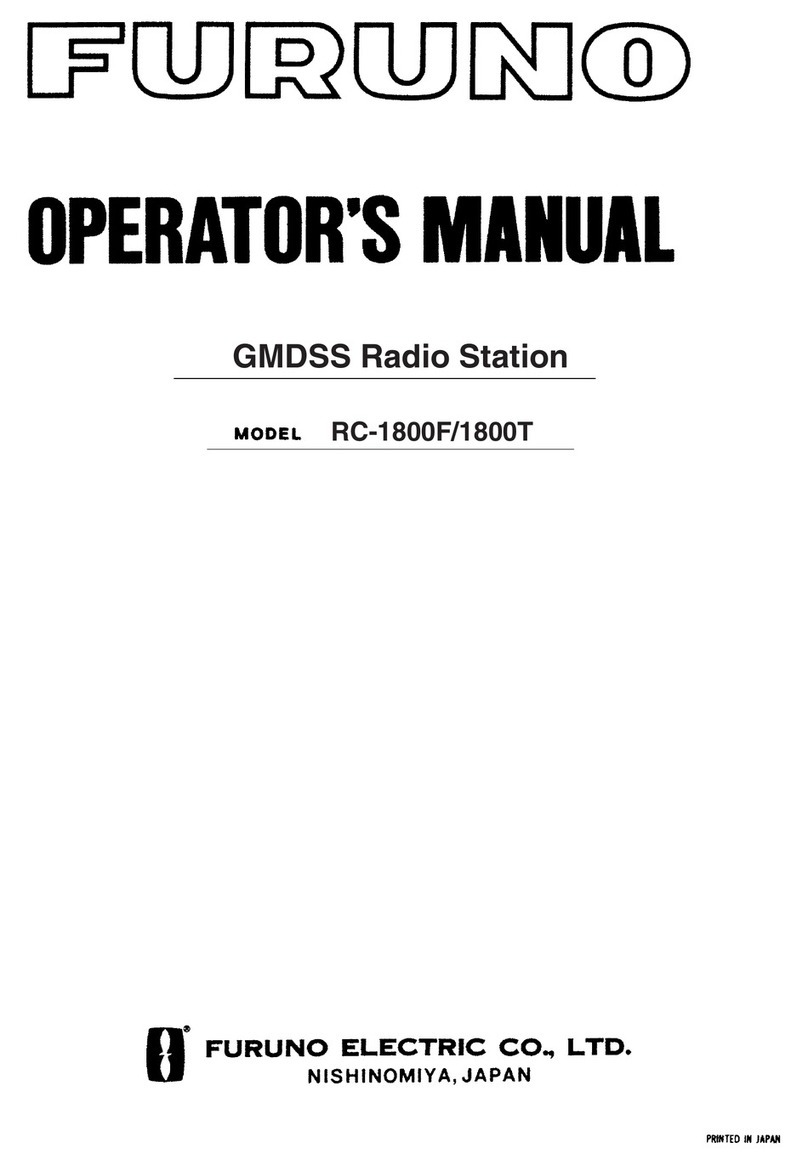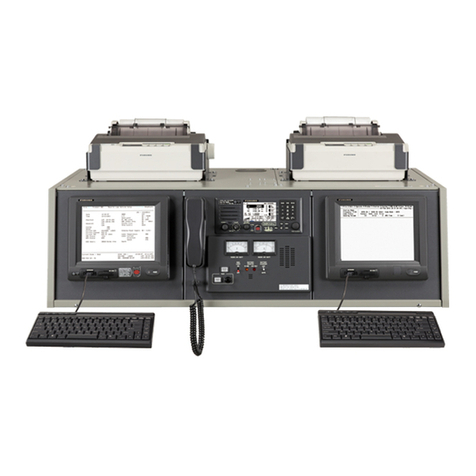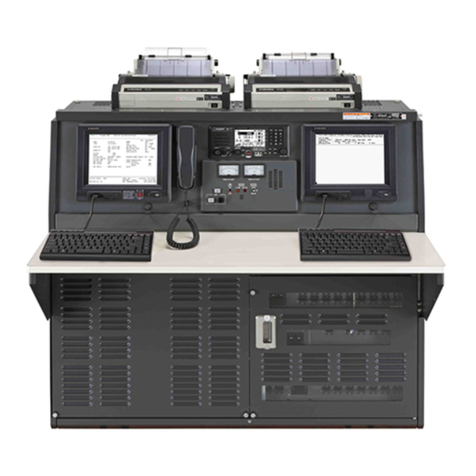Furuno RC-1500-1T User manual
Other Furuno Radio manuals

Furuno
Furuno RC-1800F2 Series User manual

Furuno
Furuno RC-1800F User manual

Furuno
Furuno RB-700 User manual

Furuno
Furuno RC-1800T User manual

Furuno
Furuno RC-1800F2 Series User manual

Furuno
Furuno RC-1800F2 Series User manual

Furuno
Furuno FS-5075 User manual

Furuno
Furuno FM-3000 User manual

Furuno
Furuno RB-700 User manual

Furuno
Furuno RO-6700 User manual




























